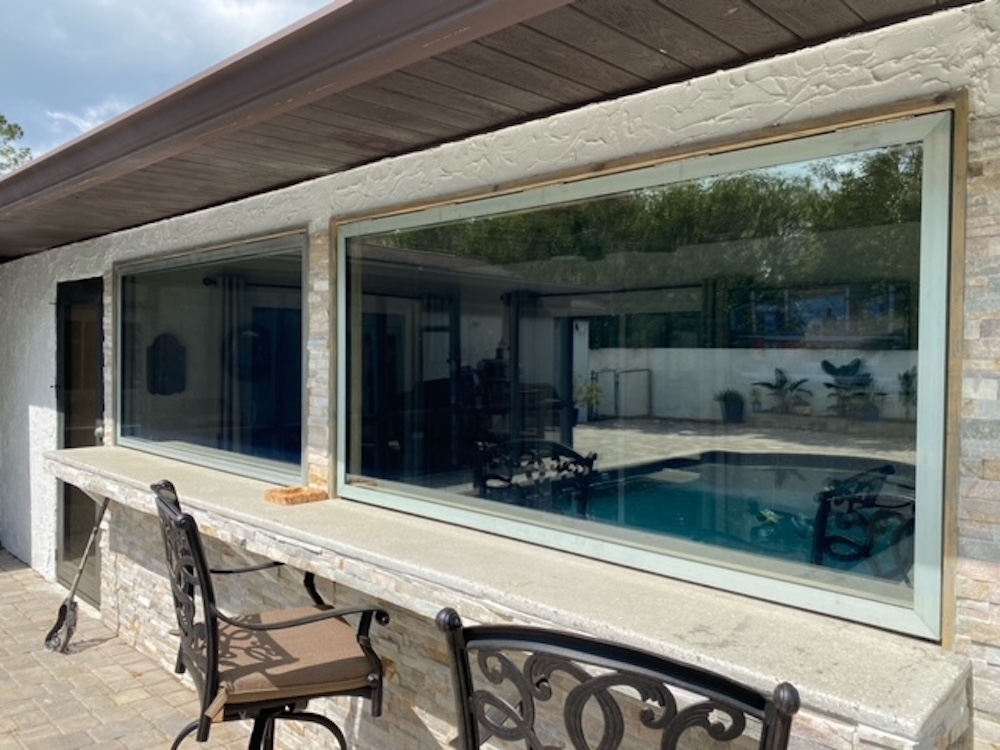When it comes to window frames, the traditional choice of material is wood. However, metal has become increasingly popular in recent years, with some advantages over wood in certain scenarios. We will explore the advantages and disadvantages of both materials when used for window frames. We will consider factors such as cost, durability, insulation, security, and aesthetics to make a comprehensive comparison.
What Are The Most Common Wood Species Available?
Pine is the most common wood used to make window frames. It is the least expensive, but as a soft wood, it is vulnerable to rotting and needs careful painting to make it long lasting.
Hardwoods like teak and mahogany are used to make wood framed window stronger and longer lasting. However, this comes at a significant cost increase.
Another way to protect the exterior of even inexpensive soft wood window frames long lasting is to clad them with a thin aluminum extrusion. These clad windows are usually more expensive than unclad, but worth the additional cost.
There is one special wood called Accoya® which has incredible durability without the need for cladding. Accoya® is a softwood that is treated with a vinegar solution in a process called acetylation, that makes it virtually rot-proof carrying a 40 year guarantee.
How About Thermal Insulation Against Extreme Hot and Cold?
When it comes to insulation, wood window frames typically provide better thermal insulation than metal. This is because metal has a higher thermal conductivity, meaning it transfers and releases heat faster than wood. Metal windows insulation value can be increased by adding thermal breaks. These thermal breaks are generally plastic components that separate the outside metal from the inside metal. The plastic being a better insulator, lowers the conductivity of the metal frame, making is more energy efficient.
OK, Security is Also an Issue, Which is Better, Wood or Metal?
When it comes to security, metal window frames are generally the better choice. Because they are stronger and more durable than wood, metal window frames are more resistant to forced entry or damage from storms or other environmental factors.
Which Material Looks Better?
Finally, when it comes to aesthetics, both materials can offer a range of attractive design options. Wood window frames are often chosen for their classic, natural look, while metal window frames offer a clean modern, industrial feel. Ultimately, the aesthetic choice of material will depend on the overall design of the home and personal preference.
So, Which Do I Choose?
When it comes to window frames, both wood and metal have their advantages and disadvantages. The choice of material should be based on the individual needs of the homeowner, taking into account factors such as cost, durability, insulation, security, and aesthetics. Both materials offer attractive design options and can be expected to last for many years when properly maintained.
At OpenUp®, we use 2Fold® technology that uses wood and metal to create a hybrid frame system. Tubular extruded aluminum on the outside for strength and durability and Accoya® wood on the inside for a neater appearance while providing superior insulation. The best of both worlds.


